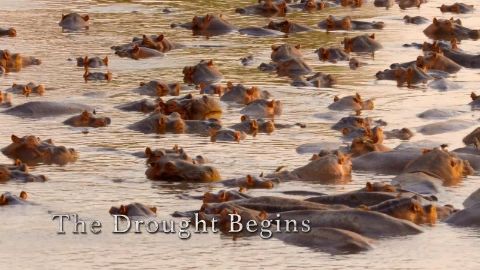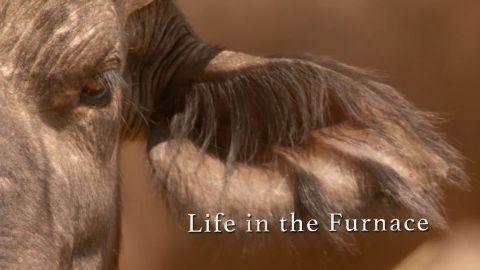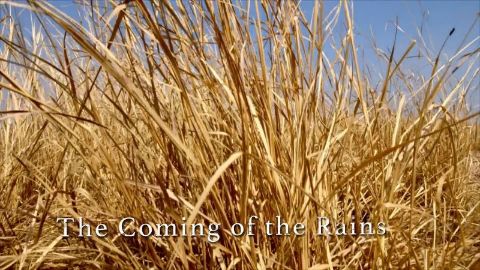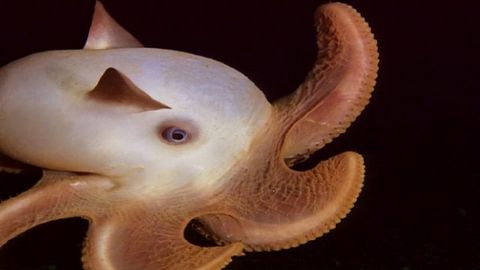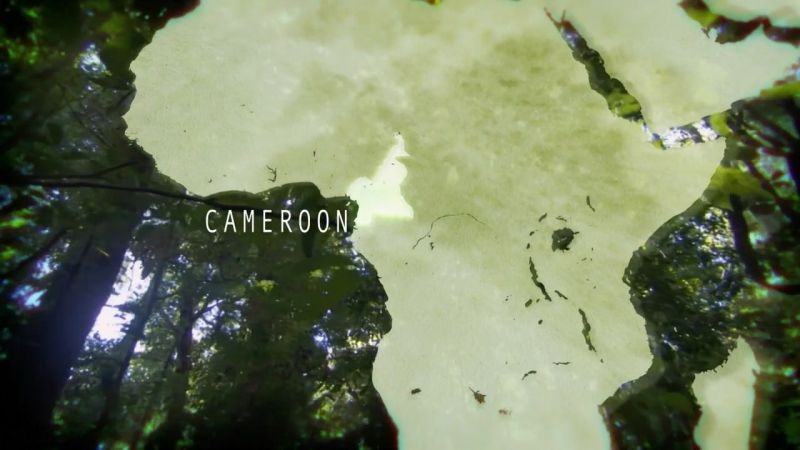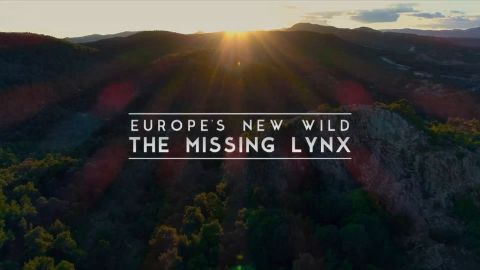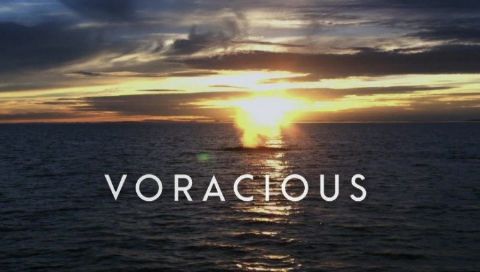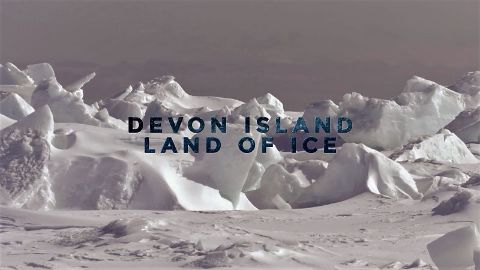Life in the Furnace • 2017 • episode "S1E2" • The Big Dry
It’s October in Zambia’s Luangwa Valley. The hottest and harshest time of year. But this year dry season conditions are exacerbated by a global El Nino event… the Valley is in the throes of drought. There’s been no rain since April and desperate animals are drawn to the only remaining source of water in the Valley – the dwindling Luangwa River...
Make a donation
Buy a brother a hot coffee? Or a cold beer?
Hope you're finding these documentaries fascinating and eye-opening. It's just me, working hard behind the scenes to bring you this enriching content.
Running and maintaining a website like this takes time and resources. That's why I'm reaching out to you. If you appreciate what I do and would like to support my efforts, would you consider "buying me a coffee"?
Donation addresses
BTC: bc1q8ldskxh4x9qnddhcrgcun8rtvddeldm2a07r2v
ETH: 0x5CCAAA1afc5c5D814129d99277dDb5A979672116
With your donation through , you can show your appreciation and help me keep this project going. Every contribution, no matter how small, makes a significant impact. It goes directly towards covering server costs.
